Marianne Faithfull’s life unfolded in radically different ways.
Videos by American Songwriter
A 1960s pop star, Mick Jagger’s muse, and famous actress, Faithfull also descended into a spiraling heroin addiction that left her homeless.
She returned in 1979 with Broken English, which featured one of her highest-charting singles, “The Ballad of Lucy Jordan.”
The many chapters of Faithfull’s life embody both reinvention and survival. In what became one of her defining songs, the late singer and actress tells the tale of a woman attempting to escape an existing reality.
The Great Escape
“The Ballad of Lucy Jordan” describes a suburban wife and mother who grows bored with her life. She dreams of adventure and freedom from her daily tasks.
Trapped by domestic banalities, Jordan recalls the fantasies from her childhood nursery rhymes. And all the curiosity and hope woven into those stories.
At the age of thirty-seven
She realized she’d never ride
Through Paris in a sports car
With the warm wind in her hair
So she let the phone keep ringing
And she sat there softly singing
Little nursery rhymes she’d memorized
In her daddy’s easy chair
Dr. Hook
The song, written by author and cartoonist Shel Silverstein, was first released in 1974 by an American group with a nursery rhyme-like name: Dr. Hook & the Medicine Show. Their original features a different spelling of the character’s name: “Lucy Jordon.”
Percussionist and singer Ray Sawyer wore an eyepatch, which inspired the band name along with a reference to Captain Hook from Peter Pan.
Silverstein also wrote “A Boy Named Sue,” made famous by Johnny Cash on his iconic 1969 recording from San Quentin State Prison. Most remember Silverstein for his children’s books, A Light in the Attic and The Giving Tree, among others.
‘Broken English’
Faithfull’s version appeared on her comeback album, Broken English. It was also featured on the soundtrack to the 1991 film Thelma & Louise, whose protagonists also hope to escape their dull lives.
Steve Winwood performed the bubbling synthesizer, giving Faithfull’s adaptation a dreamlike quality. Though Faithfull may be most remembered for her music and film work during London’s swinging ’60s, “The Ballad of Lucy Jordan” marks a sharp turn toward new wave.
Meanwhile, Faithfull’s voice sounds as broken as Jordan’s spirit. Years of addiction and personal struggles hardened Faithfull’s once-soft voice. But there’s also an aloofness to her singing, which author Salman Rushdie once described as “the voice of a slightly zoned-out chorister” in his written introduction to her photo memoir, A Life on Record.
How the Dream Ends
The ballad ends with Jordan zooming through Paris, where she’s found “forever.” The track finally fades out on Winwood’s unresolved synth, leaving Jordan’s story suspended in a dream.
The evening sun touched gently on
The eyes of Lucy Jordan
On the rooftop where she climbed
When all the laughter grew too loud
And she bowed and curtsied to the man
Who reached and offered her his hand
And he led her down to the long white car
That waited past the crowd
Anything but Ordinary
But Faithfull’s life was anything but ordinary. The lyrical hook to The Rolling Stones’ “Wild Horses” arrived with an uttered phrase by Faithfull: Wild horses couldn’t drag me away.
Her music career began unexpectedly in 1964 when The Rolling Stones’ manager Andrew Loog Oldham noticed her at a party for the band. He asked Faithfull if she could sing. She said yes, and Oldham then invited her to record at Olympic Studios.
The first song she recorded was “As Tears Go By,” considered one of the first songs written by Jagger and Keith Richards.
Lucy Jordan may have fantasized about a glamorous life, but Faithfull lived it. And the dizzying dramas of Faithfull’s real life played out like the inverse to one of her biggest songs.
Photo by Allan Olley/Mirrorpix/Getty Images

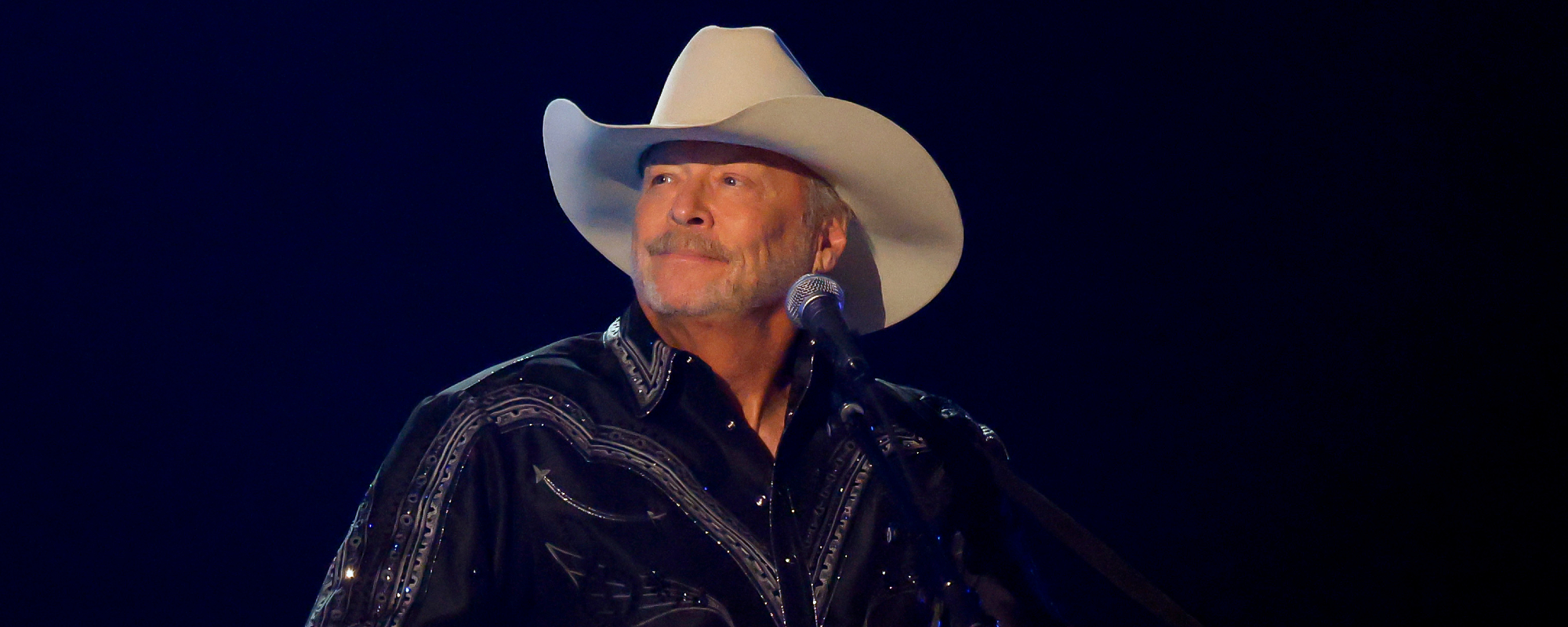

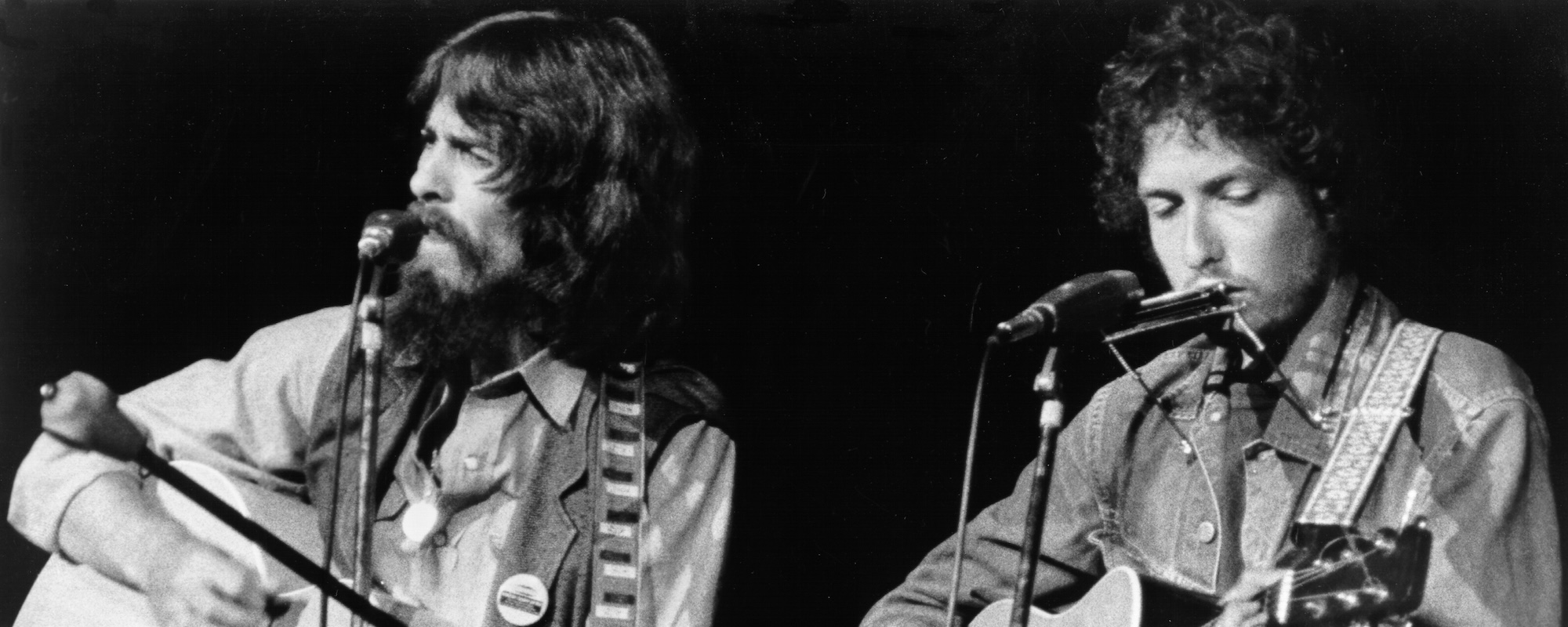



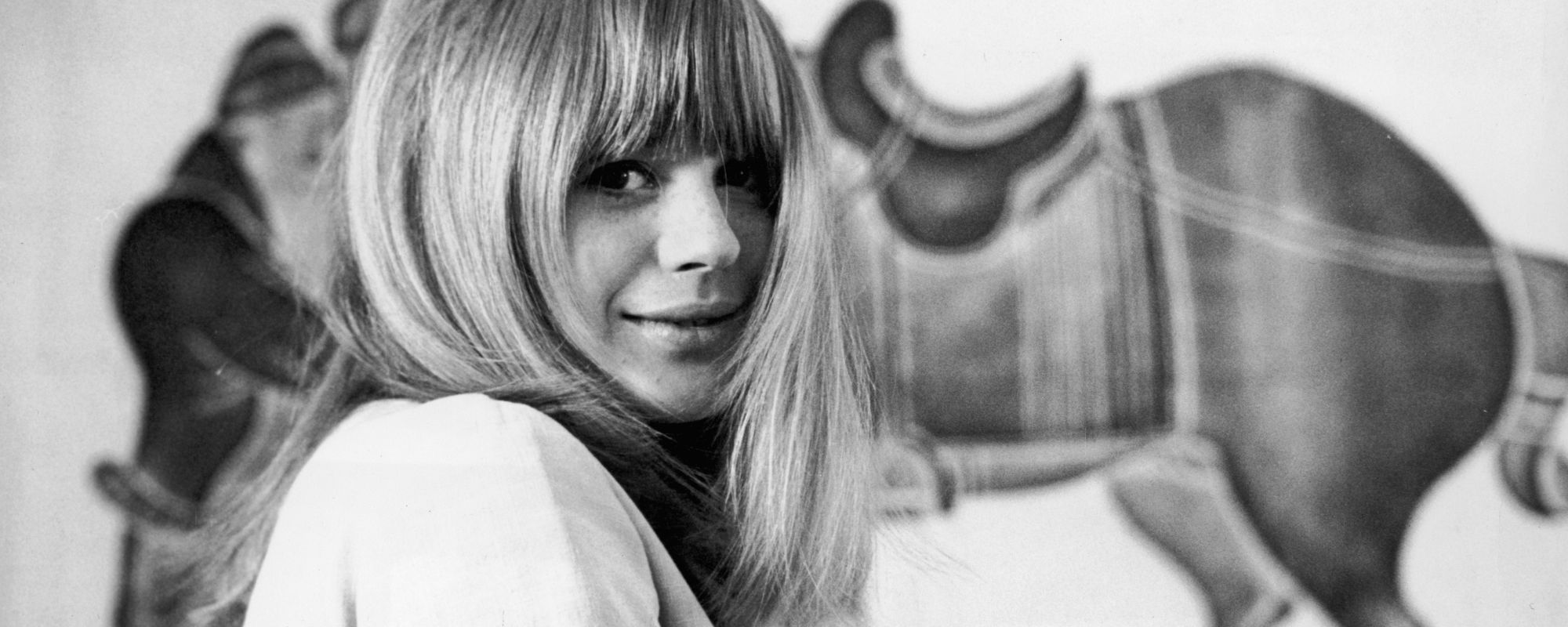

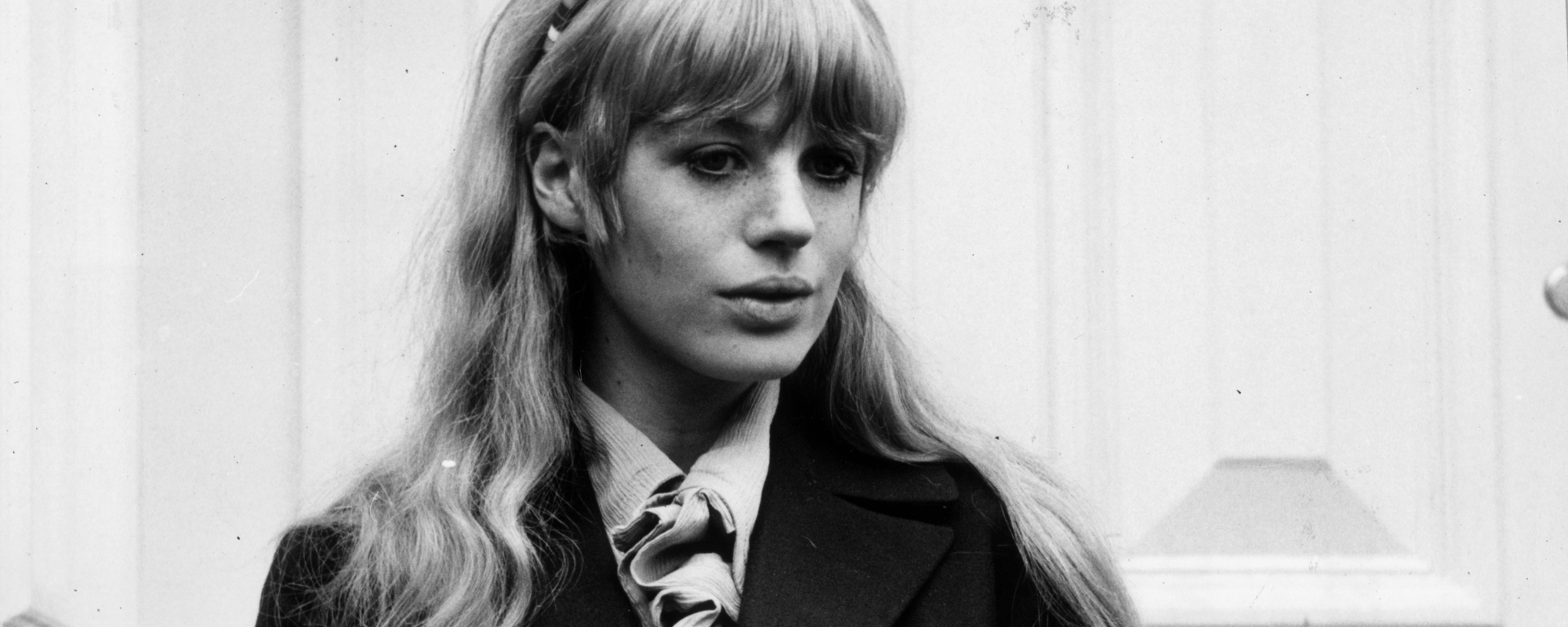

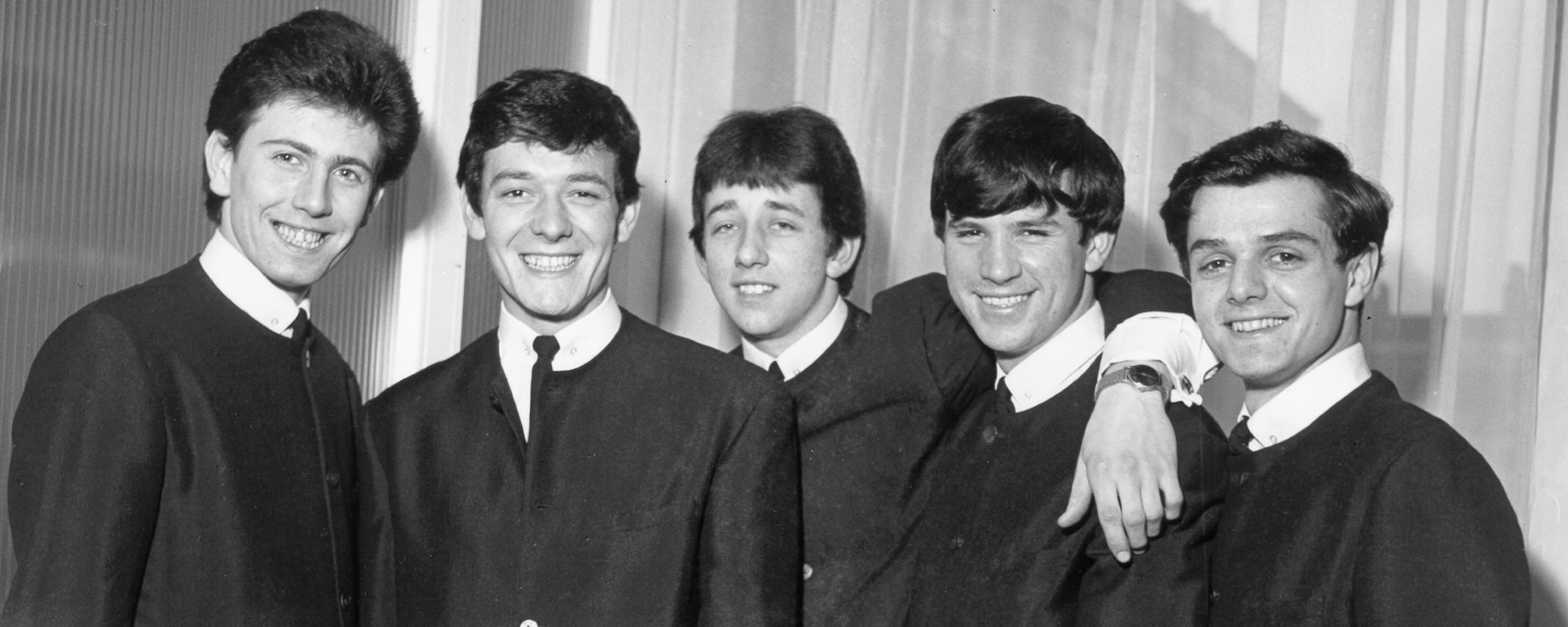
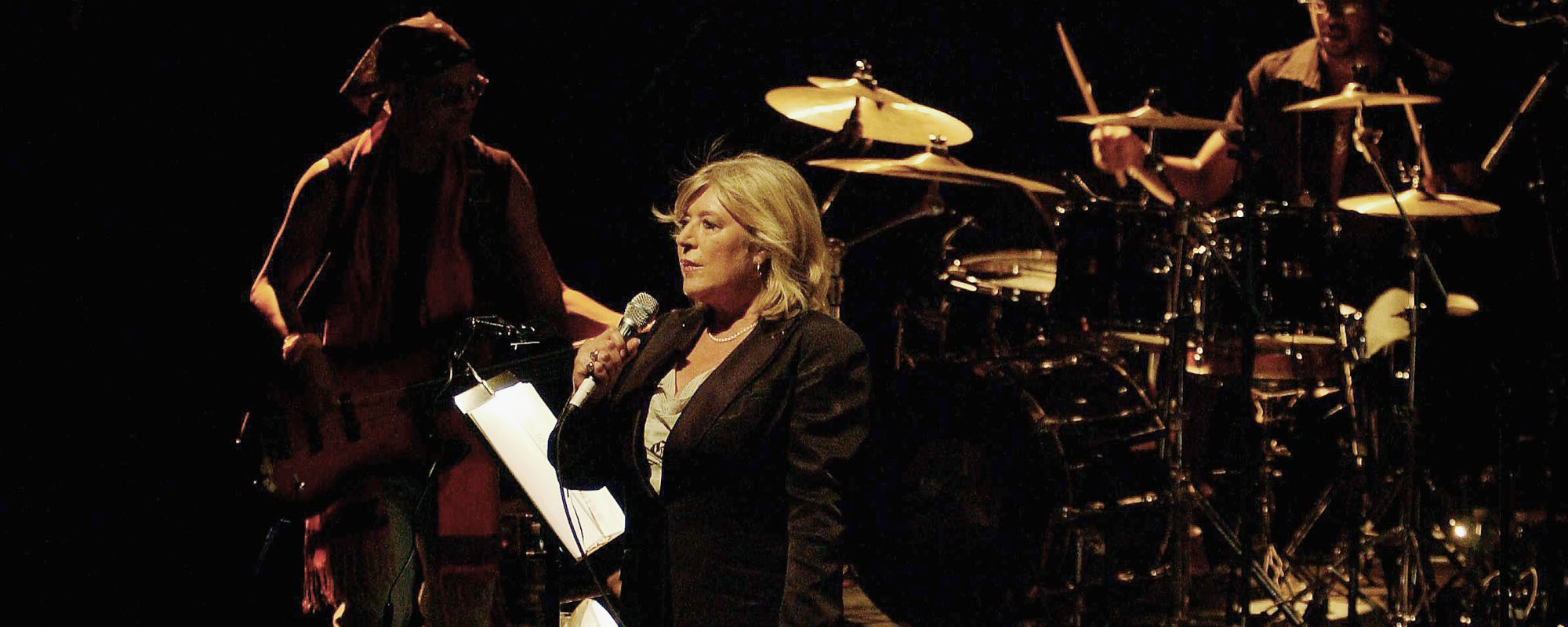
Leave a Reply
Only members can comment. Become a member. Already a member? Log in.